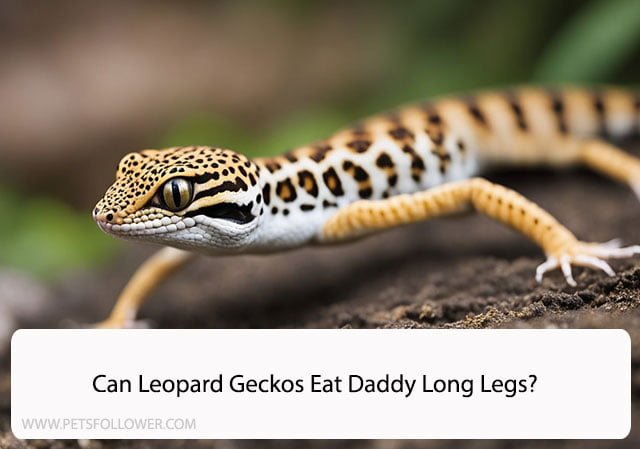Leopard geckos are a popular pet choice for many reptile enthusiasts. As a responsible pet owner, it’s important to provide the best possible care for your gecko, including a well-balanced diet. While there are many commercially available foods for leopard geckos, some owners may wonder if they can feed their gecko other insects, such as daddy long legs.
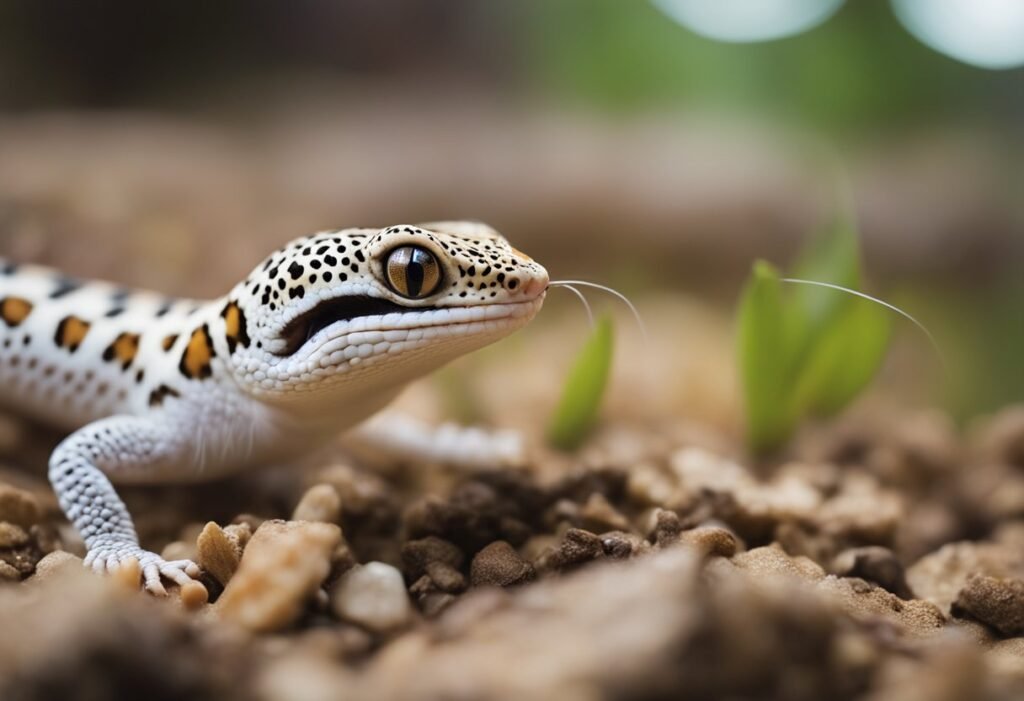
Daddy long legs, also known as harvestmen, are a type of arachnid that are commonly found in many parts of the world. While they may be a common sight in your home or garden, it’s important to know whether they are safe for your leopard gecko to eat. In this article, we will explore whether daddy long legs are a suitable food source for leopard geckos and what precautions you should take if you choose to feed them to your pet.
Leopard Gecko Dietary Basics
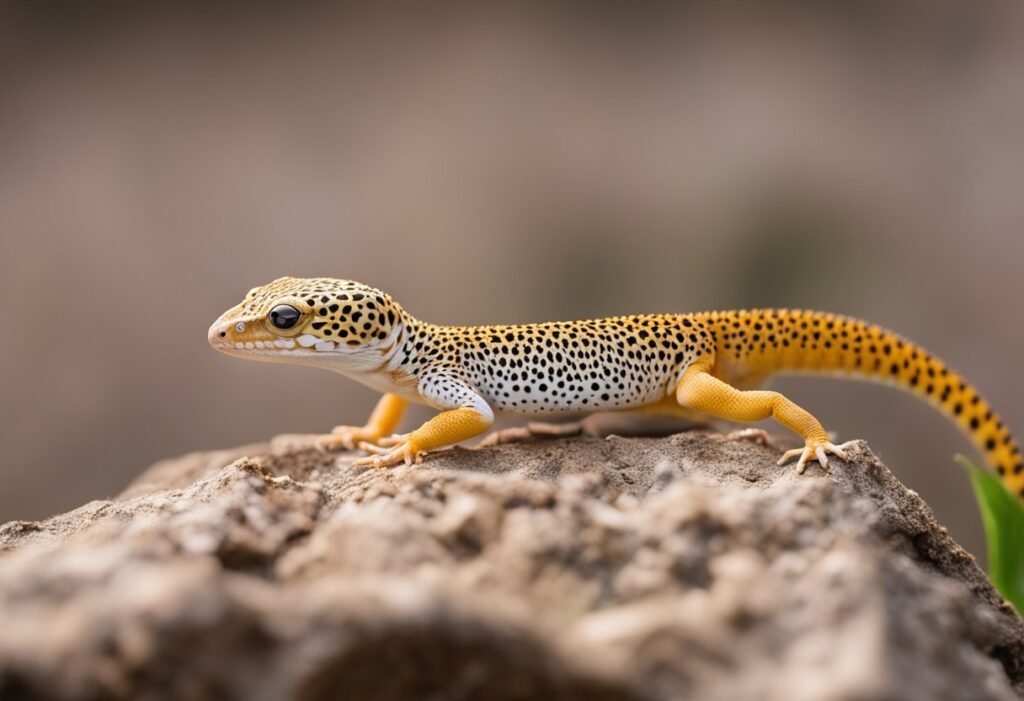
Leopard geckos are insectivores and require a diet high in protein. In the wild, they primarily feed on insects such as crickets, mealworms, and waxworms. As pets, it is important to provide them with a balanced diet to ensure their health and longevity.
Nutritional Requirements
Leopard geckos require a diet that is high in protein and low in fat. They also require a source of calcium to maintain healthy bones. It is recommended to feed them a variety of insects, such as crickets, mealworms, and dubia roaches, as well as occasional treats like waxworms and superworms. It is important to dust their food with a calcium supplement to ensure they are getting enough calcium.
Feeding Frequency
Leopard geckos should be fed every 2-3 days, with juveniles requiring more frequent feedings. It is important to only feed them as much as they can eat in a sitting, as overfeeding can lead to obesity and other health issues. It is also important to provide fresh water at all times.
When it comes to feeding leopard geckos daddy long legs, it is not recommended. Daddy long legs, also known as harvestmen, are not a suitable food source for leopard geckos. They do not provide the necessary nutrition and can potentially harm the gecko if not properly prepared. It is best to stick to a diet of commercially available insects and occasional treats to ensure the health and well-being of your leopard gecko.
Understanding Daddy Long Legs
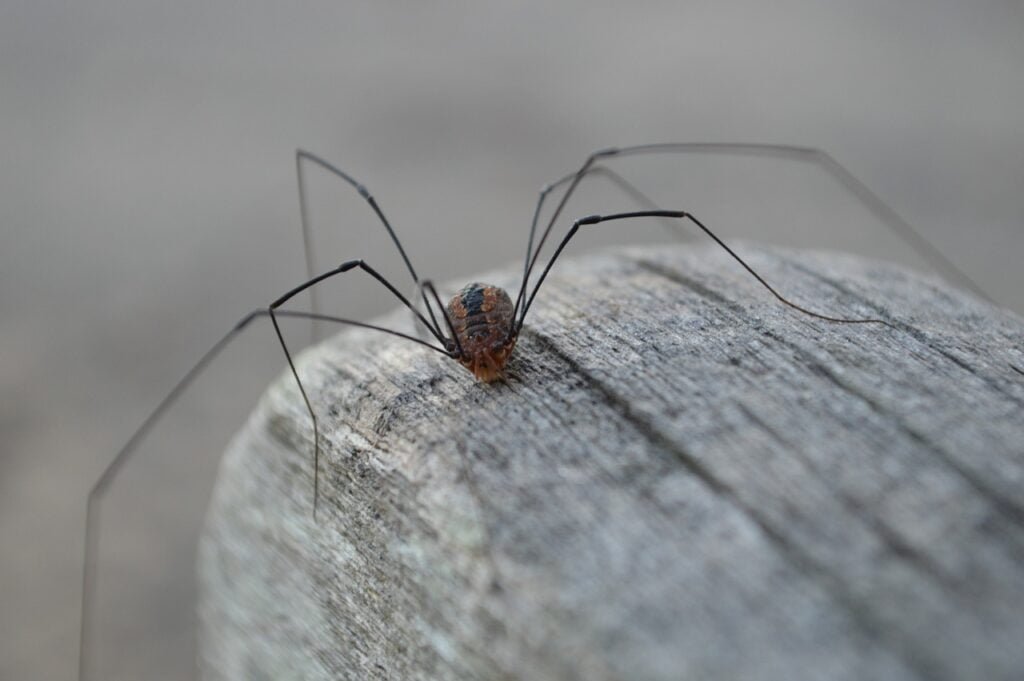
Species Overview
Daddy long legs, also known as harvestmen, are arachnids that belong to the order Opiliones. They are not true spiders, as they have only one body segment and do not produce silk. Daddy long legs are found in many parts of the world and come in a variety of sizes and colors.
Nutritional Profile
Daddy long legs are not toxic to humans or other animals, and they are not venomous. They are omnivores and feed on a variety of small insects, spiders, and other arthropods. Daddy long legs are not a significant source of nutrition, as they are low in fat and protein.
In terms of feeding leopard geckos, daddy long legs are not recommended as a regular part of their diet. While they may be safe to consume in small amounts, they do not provide enough nutrition to meet the dietary needs of leopard geckos. It is important to provide leopard geckos with a balanced diet that includes a variety of insects and other prey items.
Safety Considerations
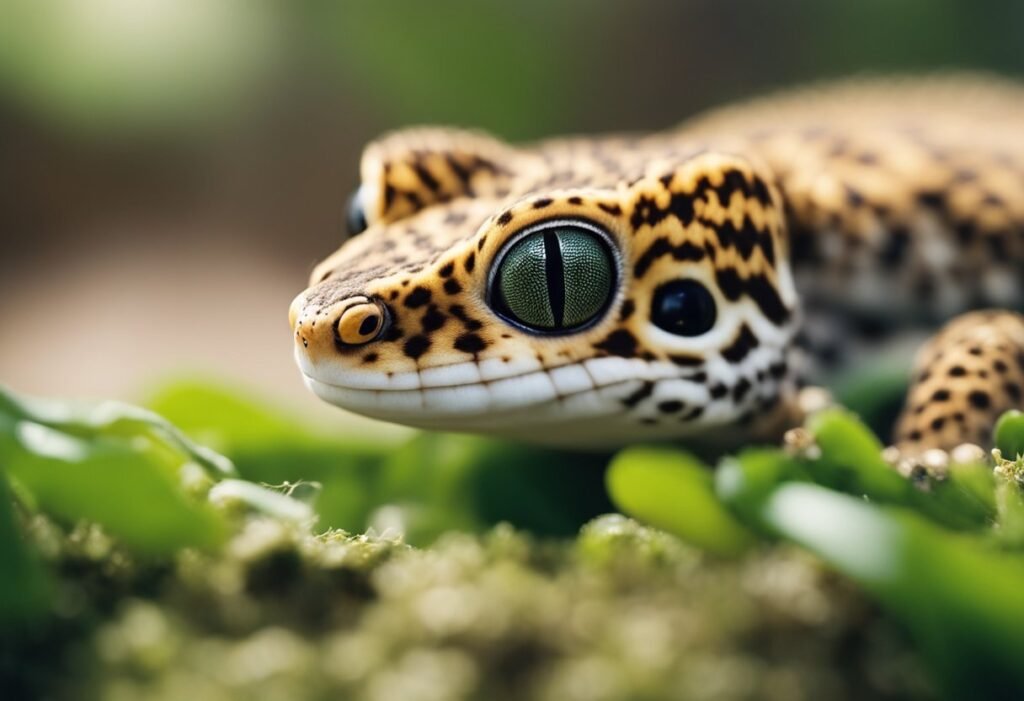
When it comes to feeding leopard geckos, it’s important to consider the safety of the prey item. While daddy long legs may seem like a tempting treat for your gecko, there are some safety considerations to keep in mind.
Potential Toxins
Daddy long legs, also known as harvestmen, are not actually spiders and do not produce venom. However, they do have a pair of defensive glands that can produce a noxious-smelling substance when threatened. While this substance is not toxic to humans or most animals, it could potentially cause harm to a leopard gecko if ingested in large quantities.
Additionally, if the daddy long legs have come into contact with pesticides or other chemicals, these toxins could be passed on to your gecko. It’s important to ensure that any prey items you feed your leopard gecko are from a safe and trusted source.
Choking Hazards
Another safety consideration when feeding daddy long legs to leopard geckos is the risk of choking. Daddy long legs have long, thin legs that could potentially get stuck in your gecko’s throat, leading to choking or other respiratory issues.
To minimize this risk, it’s important to ensure that the daddy long legs are an appropriate size for your gecko. Additionally, it’s a good idea to supervise your gecko while they are eating to ensure that they are able to swallow the prey item safely.
Overall, while daddy long legs may be a tempting treat for leopard geckos, it’s important to consider the potential safety risks before feeding them to your pet. By taking these safety considerations into account, you can help ensure that your gecko stays happy and healthy.
Feeding Daddy Long Legs to Leopard Geckos
Preparation and Serving
When it comes to feeding daddy long legs to leopard geckos, it’s important to prepare them properly. First, make sure that the daddy long legs are fresh and free from any pesticides or other harmful substances. We recommend collecting them from areas that are known to be free from pollutants.
Next, it’s important to remove the legs from the daddy long legs. This can be done by gently pulling them off or using scissors to cut them off. The legs can be a choking hazard for leopard geckos, so it’s important to remove them before serving.
Once the legs have been removed, the daddy long legs can be served to the leopard gecko. We recommend placing them in a shallow dish or on a flat surface to make it easier for the gecko to eat them.
Portion Control
It’s important to practice portion control when feeding daddy long legs to leopard geckos. While they can be a nutritious treat, they should not make up the majority of the gecko’s diet.
We recommend feeding daddy long legs to leopard geckos as a supplement to their regular diet of crickets, mealworms, and other insects. A good rule of thumb is to feed them one or two daddy long legs per week.
Overfeeding daddy long legs to leopard geckos can lead to digestive issues and other health problems. It’s important to monitor their intake and make sure they are getting a balanced diet.
In conclusion, feeding daddy long legs to leopard geckos can be a nutritious treat when done properly. By following these guidelines for preparation and portion control, you can ensure that your gecko stays healthy and happy.
Alternative Food Options
If you’re looking for alternative food options for your leopard gecko, there are a few things to consider. While daddy long legs may not be the best choice, there are other options that can provide a balanced and nutritious diet for your pet.
Commercial Diets
One option is to use commercial diets specifically designed for leopard geckos. These diets are formulated to provide all the necessary nutrients and vitamins that your gecko needs. They come in a variety of forms, including pellets, powders, and canned food.
When choosing a commercial diet, it’s important to read the label carefully and make sure it contains all the necessary nutrients. Look for diets that contain high-quality protein sources, such as mealworms or crickets, and avoid diets that are high in fillers or artificial ingredients.
Live Prey Varieties
Another option is to feed your gecko live prey. This can include a variety of insects such as crickets, mealworms, and waxworms. Live prey provides a natural hunting experience for your gecko and can help keep them active and engaged.
When feeding live prey, it’s important to make sure the insects are gut-loaded with nutritious food before feeding them to your gecko. This will ensure that your gecko is getting the necessary nutrients from their food. It’s also important to only feed appropriately sized insects to prevent choking or digestive issues.
Overall, there are plenty of alternative food options for your leopard gecko that can provide a balanced and nutritious diet. By choosing high-quality commercial diets or live prey varieties, you can ensure that your gecko is getting all the necessary nutrients they need to thrive.
Observing Your Leopard Gecko’s Health
As responsible pet owners, we must pay close attention to our leopard geckos’ health. Observing their behavior, physical appearance, and diet can help us identify any potential health issues early on.
Signs of a Balanced Diet
A balanced diet is crucial for the overall health of our leopard geckos. We should ensure that their diet consists of a variety of insects, such as crickets, mealworms, and waxworms, as well as occasional treats such as fruit.
One way to observe if our leopard geckos are getting a balanced diet is by monitoring their weight. A healthy leopard gecko should have a plump tail and a slender body. If we notice that their tail is getting thinner or their body is becoming too thin, it may indicate that they are not getting enough food.
Another sign of a balanced diet is healthy skin and shedding. A leopard gecko with a balanced diet will have smooth skin and will shed their skin in one piece. If we notice any patches of dry or flaky skin or if they are having trouble shedding, it may indicate a dietary issue.
Warning Signs of Dietary Issues
While leopard geckos can eat a variety of insects, there are some that they should avoid. One common question we may have is whether they can eat daddy long legs. It is not recommended to feed our leopard geckos daddy long legs as they can be toxic and may cause harm to our pets.
If we notice any changes in our leopard gecko’s behavior or physical appearance, it may indicate a dietary issue. For example, if they are lethargic, have diarrhea, or are losing weight, it may indicate that they are not getting a balanced diet.
In conclusion, observing our leopard gecko’s health is crucial for their overall well-being. By paying attention to their behavior, physical appearance, and diet, we can identify any potential health issues early on and ensure that they are getting a balanced diet.
Frequently Asked Questions
What types of insects are safe for leopard geckos to consume?
Leopard geckos are insectivores, and they require a diverse diet to thrive. Some safe feeder insects for leopard geckos include crickets, mealworms, superworms, dubia roaches, and silkworms. It is important to avoid feeding them insects that are too large or too small, as well as insects that are hard to digest or have hard exoskeletons.
Are there any arachnids that leopard geckos can safely eat?
Leopard geckos should not be fed any type of arachnid, including daddy long legs. While some species of arachnids may be safe for other reptiles, they can be harmful or even deadly to leopard geckos due to their unique digestive systems.
What determines the appropriate prey size for leopard geckos?
The size of the prey item should be determined by the size of the gecko. A good rule of thumb is to feed prey items that are no larger than the width of the gecko’s head. This helps to prevent choking and digestive issues.
Are there any common feeder insects that should be avoided for leopard geckos?
Some feeder insects, such as fireflies and ladybugs, should be avoided as they are toxic to leopard geckos. Additionally, wild-caught insects may carry parasites or diseases that can be harmful to your gecko.
Can leopard geckos digest exoskeletons of arthropods without issues?
Leopard geckos are able to digest the exoskeletons of most arthropods without any issues. However, it is important to avoid feeding them insects with hard exoskeletons, such as beetles, as they can be difficult to digest and may cause impaction.
What should be considered when feeding wild-caught insects to leopard geckos?
Wild-caught insects should be avoided whenever possible, as they may carry parasites or diseases that can be harmful to your gecko. If you do choose to feed wild-caught insects, it is important to ensure that they are from a clean and safe environment, and that they have not been exposed to any pesticides or other harmful chemicals.

